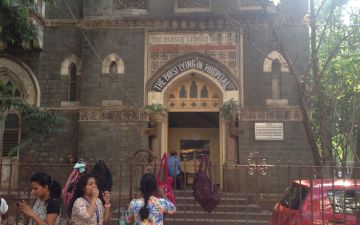The demographic crisis afflicting India's Parsi community is well documented. Just 60,000 members of the group remain in India, and experts expect the population to drop to 20,000 by 2050. Observers fear their Zoroastrian faith, more than 3,500 years old, may not survive.
The Parsis themselves approach this dilemma with a variety of ideas. Some, seeking to protect Zoroastrian religious practice, offer to pay priests high salaries to encourage boys to join. Others join a contentious debate about marriage laws, which stipulate that Parsi lineage passes through fathers but not mothers. Still others devote time and money to caring for many aging Parsis.
Even the Indian government is involved. In 2013, it launched Jiyo Parsi, a scheme that encourages Parsis to marry and provides couples with fertility treatments. The city of Mumbai keeps several dozen neighborhoods, or colonies, exclusive to Parsi residents. India is also seeking to protect a Zoroastrian pilgrimage center, the tiny town of Udvada, Gujarat, as a heritage site.
This project explores the impact of these demographic fears on ordinary Parsi lives. Through the eyes of the young and the elderly, women and men, priests and dissenters, the same crisis looks different—but the goal, for many more generations of Parsis, endures.




